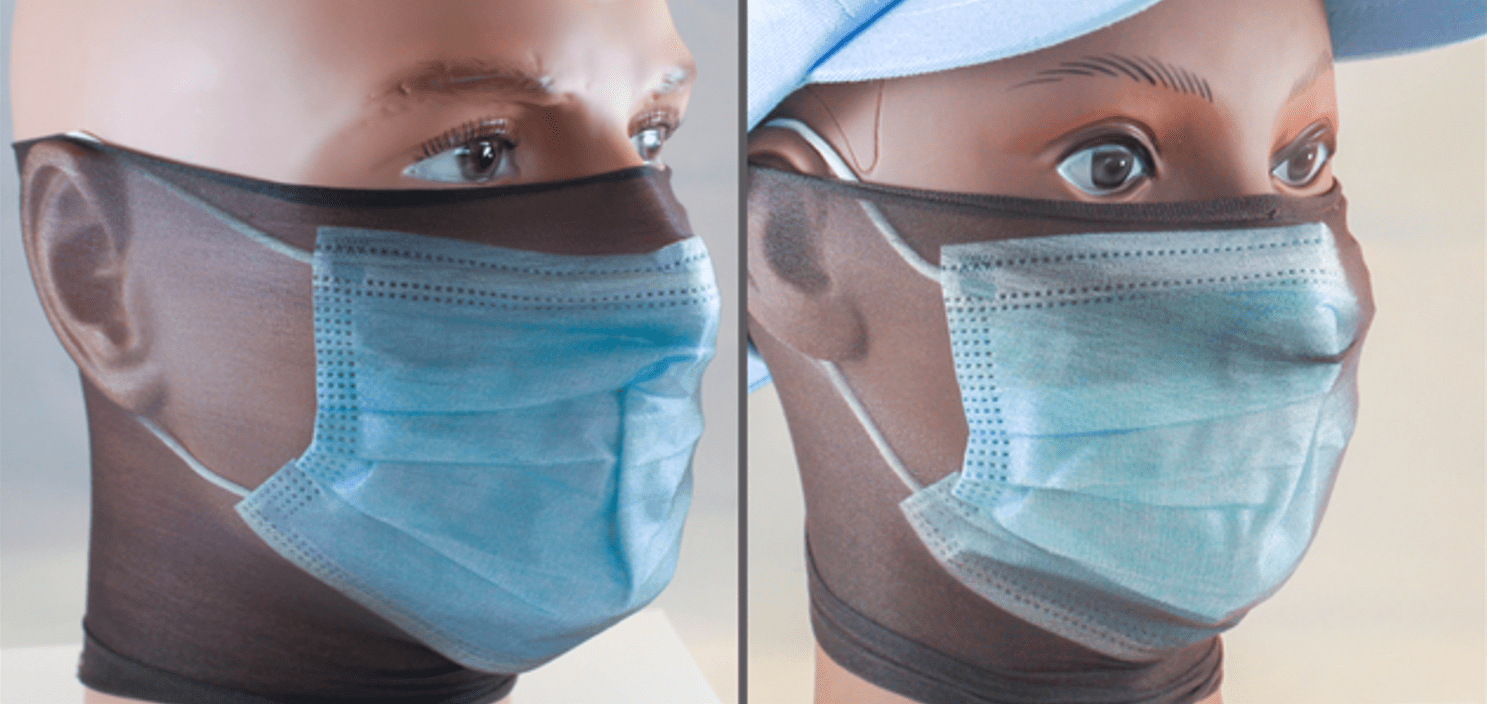

Putting Tights Over a Face Mask Makes it Work Better, Study Finds
Putting tights over a face mask improves its fit and filtration properties, a study from Cambridge University into ‘hacks’ for improving the effectiveness of face masks has found. Something to include in the next mandate, then. The Mail has the story.
As part of a new study, Cambridge University experts reviewed a variety of DIY hacks people have used to make masks fit better, including using rubber bands or tape.
Curiously, they found the most effective tactic was to wrap pantyhose around the bottom half of the face – on top of a mask.
This, the scientists said, could reduce the amount of viral particles by up to seven times more than a loose mask on its own, by sealing the gaps around the nose and mouth.
But recognising the social and physical implications of wearing tights on your face in public, they noted it was “unlikely to be tolerated for extended periods of time”.
The jury is still out on how effective mask-wearing is at reducing Covid infections at a population level, with conflicting results from both sides. Most scientists agree that they at least make a small contribution.
Tight-fitting medical grade masks, such as KN95s, are exceptional at blocking out the virus but they are often described as uncomfortable and are harder to acquire.
The most common surgical or cloth masks are far less resistant.
The researchers measured how well the masks fit by monitoring the filtration efficiency and calculating a ‘fit factor’ score. Surgical masks performed better if worn in combination with tights (pantyhose) (7.2) or if the gaps were sealed using cloth tape (4.8). However, comfort was, not surprisingly, an issue.
The researchers noted many of the hacks, including the most effective ones, were uncomfortable.
Rubber banks put pressure on the ears and face and reduced blood circulation to the ears for some people.
Meanwhile, pantyhose gave volunteers “high levels of discomfort”, caused problems speaking and sometimes covered the participants’ eyes during the exercises.
And while fabric tape was comfortable to wear, it was uncomfortable to remove and the researchers noted sweat or movement over time could dislodge the tape.




Worth reading in full, for a laugh.
Stop Press: Geoff Shullenberger in UnHerd has an excellent piece entitled “Were masks a waste of time?” looking at the evidence and asking why the ‘experts’ abandoned the established scientific view on masks – “there was no evidence that face masks are effective in reducing transmission of laboratory-confirmed influenza,” wrote the WHO in 2019 – and sacrificed their own credibility in the process.







